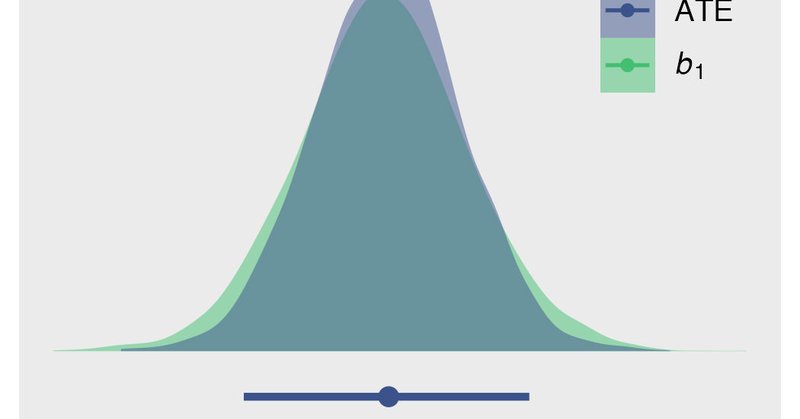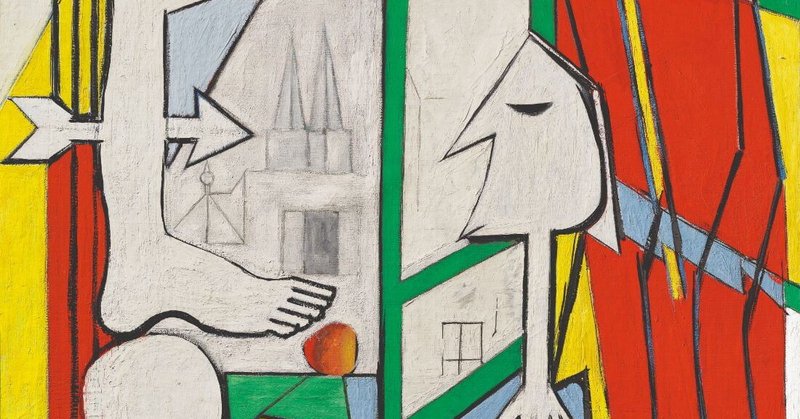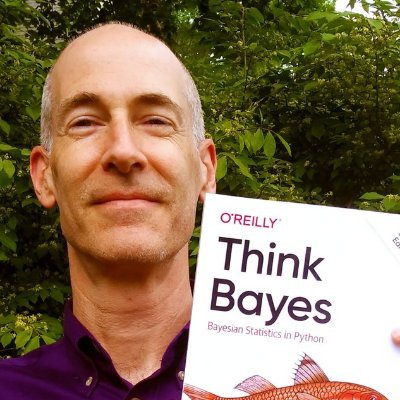
Chris Jungerius
@ChrisJungerius
Followers
160
Following
794
Media
17
Statuses
147
Computational Neuroscience Postdoc @ Cambridge University. Studying causal inference and transsaccadic integration of visual information. He/him.
Joined November 2010
RT @SolomonKurz: New #rstats blog up!. This is the first in a new series discussing causal inference with experime….
solomonkurz.netlify.app
Causal inference with the GLMM, Part 1
0
22
0
RT @rlmcelreath: How can we reform science? I have some ideas. But I am not sure you’ll like them, because they don’t promise much. https:/….
elevanth.org
What hope is there for science reform, if we can't agree on what to reform? Right now, principles are more important than practices.
0
58
0
RT @WMSymposium: Can you believe that WMS2025 (July 8-11) is less than a week away? If you are interested in Working Memory Research, WMS20….
0
6
0
RT @WMSymposium: We are excited to announce that @ChrisJungerius .is joining the team of organizers of WMS 2025! With him joining, the prep….
0
2
0
Exciting updates! .I defended my PhD under Heleen Slagter in January—'Learning What Matters: How to Pay Attention in a Volatile World'—and today, I’m starting as a Research Associate in the @BaysLab at Cambridge. Looking forward to new challenges ahead!
2
1
8
RT @BaiweiLiu: Interested in how the internal and external processes work together to support efficient behaviour?! Check our latest findin….
0
4
0
RT @johnmark_taylor: A vision science classic from Li Zhaoping that I somehow overlooked till now: feeding the top images into your left/ri….
0
19
0
RT @EikoFried: “We conclude that relying solely on traditional interaction terms.in linear models can be misleading.”.
0
11
0
RT @Afinetheorem: The hardest thing to explain to non-academics is how different technical rigor is across fields. Here's (yet another) art….
0
61
0
RT @Dom_Makowski: I procrastinated again by starting a tutorial on "cognitive models" (stats models that fit well reaction time data) in #J….
0
23
0
Check out the full preprint for all the details on our methodology, results, and interpretations!.With @HeleenASlagter and @freekvanede .#CognitiveScience #Attention #WorkingMemory #Research.🧵 (7/7).
0
0
0
🚨 New preprint! 🚨.Excited to share the last preprint of my PhD with @HeleenASlagter and @freekvanede. We explored if statistical learning biases internal attention in visual working memory. The results were surprising!. 🧵 (1/7).
1
5
19








